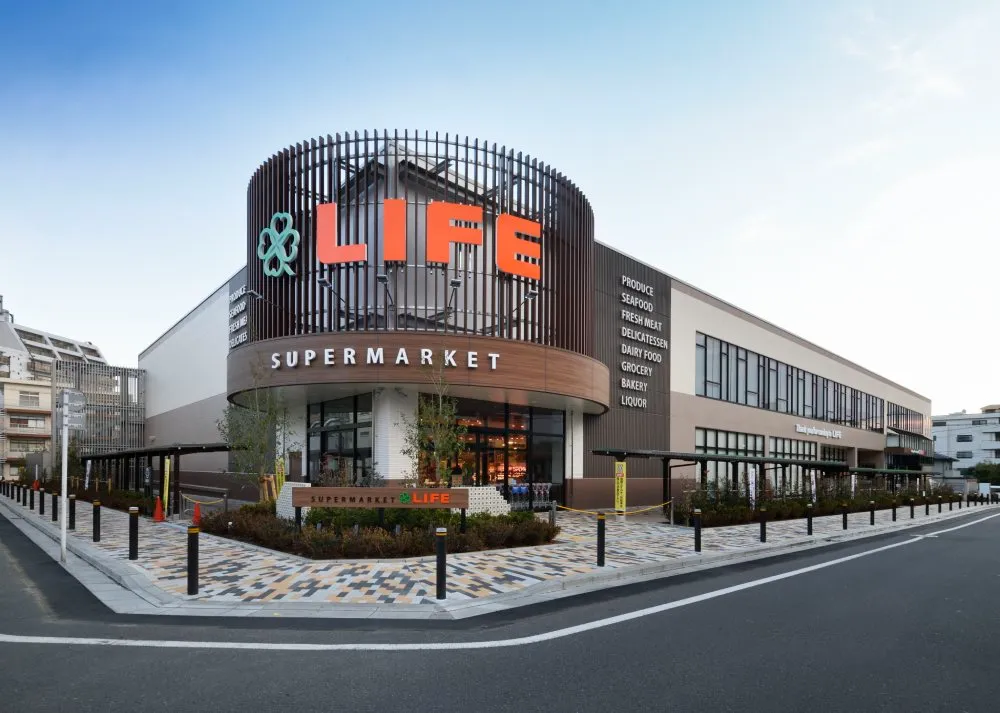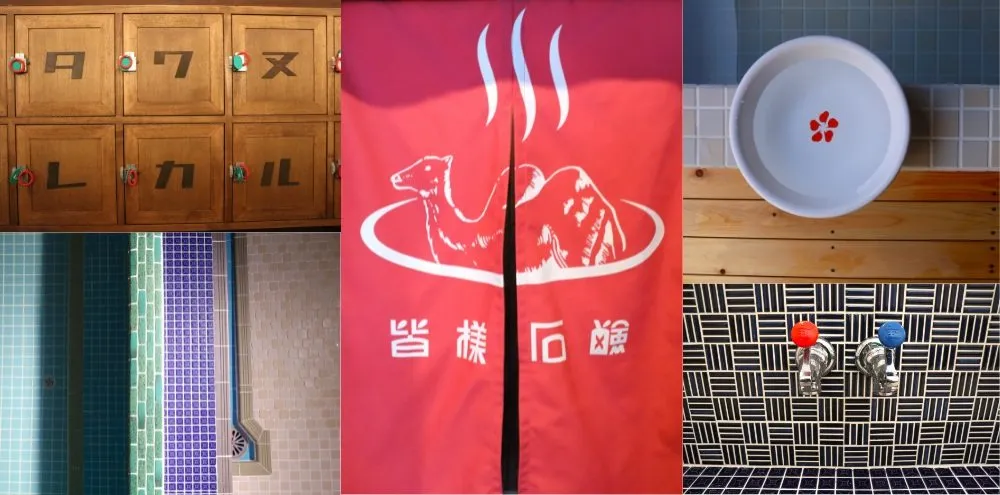If you visit Japan in autumn, it is strongly recommended for you to view beautiful autumn foliage. With the trees and mountains colored in red and yellow, you can feel the quiet arrival of autumn. Among many autumn foliage viewing sites throughout the nation, especially-recommended ones of this year are listed below.
Autumn in Japan: The 8 most beautiful places to see fall foliage
- Naeba gondola (Minami-Uonuma District, Niigata Prefecture)
- Hokkaido University Ginkgo Tree Avenue (Sapporo City, Hokkaido)
- Mount Takao (Hachioji City, Tokyo)
- Korankei Valley (Toyota City, Aichi Prefecture)
- Meijijingu Gaien (Shinjuku, Tokyo)
- Nihon Odori Street (Yokohama City, Kanagawa Prefecture)
- Metasequoia Avenue (Takashima City, Shiga Prefecture)
- Tarumizu Senbon Icho (100 gingko trees) (Tarumizu City, Kagoshima Prefecture)
Naeba gondola (Minami-Uonuma District, Niigata Prefecture)
Running above the beautiful streams with ups and downs, Naeba’s Dragondola is the Japan’s longest gondola, with a distance of about 5.5 km one-way, offering you about 25 minutes to enjoy beautiful autumn foliage from above.

Lake Futai
From the gondola, you can also see Lake Futai, a mystical lake with emerald-green color. Enjoy an impressive aerial walk!

Lake Futai
Peak season: mid-October ~ mid-November
| Access | about 50 min. by bus from Echigoyuzawa Sta. (Joetsu Sinkansen) |
| URL | https://www.princehotels.co.jp/ski/naeba/dragondola/autumn/ |
Hokkaido University Ginkgo Tree Avenue (Sapporo City, Hokkaido)
With a good access from Sapporo Station, the center of Sapporo, it may be a great place to visit casually for beautiful ginkgo leaves. Along the straight path between the Department of Dentistry and the Department of Pharmacy, which connects to Kita 13-jo-dori Street, there is a beautiful line of ginkgo trees on both sides stretching for 380 meters.

Hokkaido University Ginkgo Tree Avenue
Peak season: late-October ~ early-November
| Access | 15 min. on foot from Subway Sapporo Sta. |
| URL | https://www.hokudai.ac.jp/news/2019/10/108.html |
Mount Takao (Hachioji City, Tokyo)
Located only 50 minutes from central Tokyo and surrounded by abundant nature, Mount Takao, with a height of 599 meters above sea level, pleases the eye of hikers with red Japanese maple leaves.

Mount Takao
“Mount Takao Momiji-matsuri Festival” is held in November every year, offering various events in front of Cable Car Kiyotaki Station, mainly on Saturdays, Sundays, and holidays. You can enjoy a drum performance and “masu zake” (sake served in a square wooden masu box), while enjoying beautiful colored leaves.
Peak season: mid-late November
| Access | 5 min. on foot from Takaosanguchi Sta. on Keio Takao Line |
| URL | http://www.hkc.or.jp/momiji_fes/ |
Korankei Valley (Toyota City, Aichi Prefecture)
Enjoy a splendid sight with autumn leaves reflected on the water surface. It is said that the temple master of Kojaku-ji Temple planted cedar trees and Japanese maple trees by hand around 1634, which was the beginning of the forest in this area.

Korankei Valley
In 1900s, local volunteers planted a large number of Japanese maple trees. It is estimated that there are about 4,000 trees of 11 kinds of Japanese maple, which are colored in red and yellow in autumn.

Korankei Valley
Peak season: mid-late November
| Access | about 70 min. by bus from Higashi-Okazaki Sta. on Meitetsu Nagoya Main Line |
| URL | http://asuke.info/event/ |
Meijijingu Gaien (Shinjuku, Tokyo)
Often appearing on TV dramas, the gingko street is now one of the representative landscapes of Tokyo. The 146 trees with golden yellow leaves create a beautiful yellow tunnel.

Meijijingu Gaien
Jingugaien Itcho-matsuri Festival is held from mid-November to early-December every year.

Meijijingu Gaien
Peak season: mid-November ~ early-December
| Access | 5 min. on foot from Aoyama-itchome Sta. or Gaienmae Sta. (subway) |
| URL | http://www.meijijingugaien.jp/event/index.html#anc01 |
Nihon Odori Street (Yokohama City, Kanagawa Prefecture)
The gingko street along Nihon Odori Street was designed by R. H. Brunton, a British civil engineer who is known as the “Father of Japanese lighthouses,” and completed in 1870. It is said to be Japan’s first street created according to the City Planning Act. The massive structures, including the main building for the Kanagawa Prefectural Government, Yokohama District Court, and Yokohama Archives of History, and stylish buildings for cafés and restaurants together create a fashionable streetscape.

Nihon Odori Street

Nihon Odori Street
Peak season: mid-November ~ early-December
| Access | Kannai Sta. (subway) or Nihon-odori Sta. |
Metasequoia Avenue (Takashima City, Shiga Prefecture)
About 500 Metasequoia trees turn color from yellow to reddish smoky brown. The color is beautiful in a different way from the red color of Japanese maple tree leaves. The distinct-colored leaves look different depending on the time of day, weather conditions, and the angle from which they are viewed.

Metasequoia Avenue
Peak season: late-November ~ early-December
| Access | about 6 to 20 min. by Makino Kogen Line bus from Makino Sta. (JR Kosai Line) |
| URL | https://takashima-kanko.jp/spot/metasequoia.html |
Tarumizu Senbon Icho (100 gingko trees) (Tarumizu City, Kagoshima Prefecture)
After about 30 years of cultivation and preparation of an inherited desolate mountain by the landowner and his wife, this gingko garden now has 1,000 beautiful gingko trees. The ground, completely covered by gingko leaves, looks like a gorgeous golden carpet.

Tarumizu Senbon Icho
Peak season: late-November ~ early-December
| Access | about 12 min. by car from Tarumizu Port (No public transportation available. About 2,000 yen for one-way by taxi) |
| URL | https://www.city.tarumizu.lg.jp/kanko/koi/miryoku/meisho/senbon.html |






